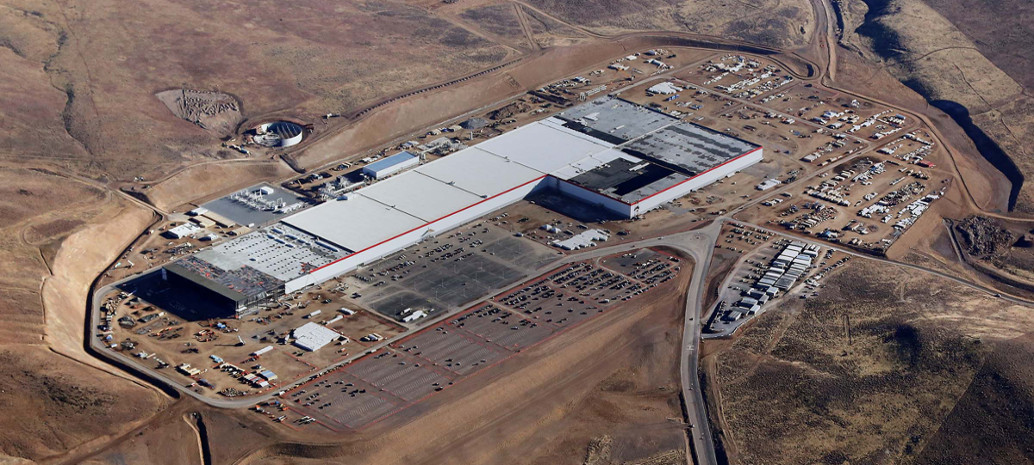Tesla’s quarterly results show more of the roller coaster that has been Tesla Motors, as it builds the world’s largest battery factory, re-invents solar and spearheads the mass-market adoption of electric vehicles (EVs).
But despite record EV sales, the acquisition of a financially troubled SolarCity appears to have left a mark on Tesla’s Q4 results. While revenues in the company’s Energy Generation and Storage division rose four-fold to $131 million, margins are much lower than at Tesla’s automotive business, with a 2.7% gross margin ensuring an operating loss for the division.
And while it is hard to tease out from the limited financial figures provided exactly how much of the company’s overall $121 million net loss during the quarter is related to SolarCity, Tesla did note $85 million in solar-related operating expenses.
These are measly figures versus the company’s $2.28 billion in quarterly revenues, Tesla appears to be working to make SolarCity profitable in the short run regardless. During the quarter Tesla/SolarCity more than doubled its portion of leases to 28%, and Tesla also noted in its Q4 shareholder letter that during the transition period of the acquisition, it will “prioritize cash preservation over growth of MW deployed”.
However, Tesla/SolarCity still managed to deploy 201 MW of solar during the quarter, an increase over Q3. Tesla’s combined solar and storage division also claims the deployment of 98 megawatt-hours of residential and grid-scale battery storage during the quarter, with the company’s Gigafactory 1 in Reno, Nevada beginning to produce batteries for its PowerPack and PowerWall products.
And while SolarCity may have brought a quarterly loss to Tesla, it also brought $214 million in cash, which helped Tesla increase its cash reserves to $3.39 billion.
Tesla may need a fair amount of that cash. During the quarter the company invested $522 million in manufacturing capacity for its Model 3, its battery Gigafactory and “expanded customer support infrastructure”. Before the roll-out of its Model 3, Tesla expects another $2-2.5 billion in capital expenditures.
Model 3 is not the only product Tesla is preparing to roll out, and the company says that its Solar Roof is “on track” for H2 2017 deployment.
And as time moves on and SolarCity is integrated into Tesla, the company says that it plans to change tack on its solar strategy. “As this transition progresses, we see a return to growth of MW deployed later this year to help us generate cash and realize cost synergies projected prior to acquisition,” noted the shareholder letter.
This content is protected by copyright and may not be reused. If you want to cooperate with us and would like to reuse some of our content, please contact: editors@pv-magazine.com.



What happened to all the solar modules that were supposed to be installed on the newTesla battery manufacturing building ?
It might help their bottom line if they were producing their own energy .
To my knowledge that plant is still going in. But if you have heard otherwise, please send me a link.
Solar city or Tesla Solar, the new name has never been profitable. The lease program is a dog and consumers are shunning the concept as it does not provide a ROI for consumers. I expect you will see class action lawsuits against Solar City on the lease programs they have been selling. The more they sell the more money they loose. It was rolled up into Tesla to hide losses.